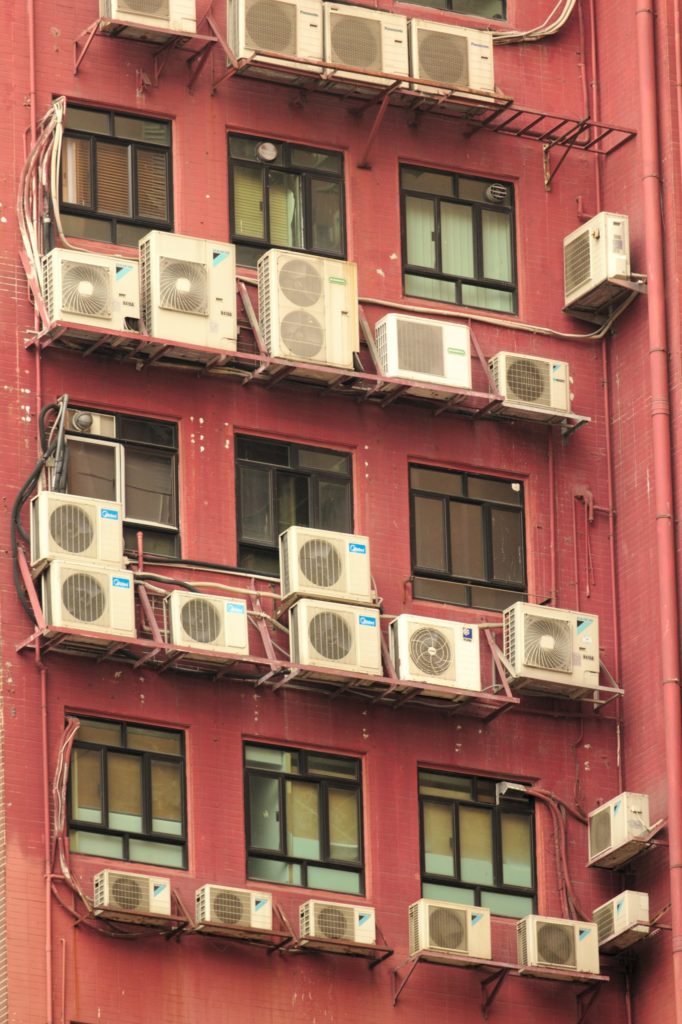When it comes to common tasks for homeowners, many ongoing responsibilities include the home air system. This is especially true of the air conditioner, and regular maintenance should take place throughout the year. With your air conditioning system, proper function can mean more than just your family’s comfort during the warmer months. All homeowners should also consider the household’s air quality and its relationship to their family’s health. With that in mind, here we will look at some of the most common reasons why your AC system isn’t hitting the thermostat temperature, and some tips on how to fix it.
Common HVAC and Thermostat Issues
There are two common issues with either your air conditioning unit or thermostat that are immediately noticeable. If the summer heat is driving your family to raise the cool air temperature within your home, yet the house isn’t cooling off properly, odds are your air conditioner has an issue. Likewise, if the AC unit seems to be functioning properly, but the AC system fails to reach thermostat temperature, the thermostat itself could be the problem. Before you panic about expensive repairs or complete HVAC system replacement being needed, there’s a small checklist of possibilities that all homeowners can conduct themselves.
The first thing that you should check is the HVAC system unit. Start by adjusting the temperature setting on your thermostat and monitor the air conditioner’s airflow, being sure to listen for strange noises. If the machine seems to be working in short cycles, yet ceases to work after a few minutes, rest assured that it’s the AC unit. Although it’s important to schedule regular maintenance throughout the year, in this case, you should definitely consult a professional HVAC technician. However, if your air conditioner is working properly, yet the house still isn’t cooling down, you may want to check your home’s air filters or the thermostat itself.
Possible Causes of HVAC Problems
If you’ve ruled out a breakdown of the HVAC unit, you can still run through a few other common causes for the system’s airflow issues. For example, all homeowners should remember to change out their air filters every few months. There are two main reasons this is important. When you have dirty filters, those clogs not only hinder the airflow from the air conditioner, but also prevent the filters from properly cleaning out the dust, dirt, and allergens from your home’s air quality. For the health and safety of your family, clean air filters are a necessity. In addition, dirty air filters also force the AC system to work harder more often to reach your desired thermostat temperature. The longer this continues, the more wear and tear on your air conditioner. Over time, a breakdown is inevitable.
Likewise, your thermostat is just as susceptible to breaking down or malfunctioning. Depending upon the type of thermostat, its digital reader may suffer from frequent glitches, incorrectly displaying your home’s true temperature. As basic is may sound, the first thing to do is check the batteries. Many homeowners immediately assume they need a new thermostat when, in actuality, a simple switch to fresh batteries may be the solution. If this doesn’t solve the problem, however, you should consider consulting an HVAC professional for replacements of the broken thermostat.
When it comes to increasing your home’s energy efficiency, there are new technologies you may want to consider. A heat pump, for example, is a new standard of HVAC unit that utilizes the same machine to replace both your heating system and air conditioner with a single machine. Additionally, a “smart thermostat” is a low-cost alternative to keep your energy consumption in check. A “smart,” programmable thermostat can be manually directed to match your correct temperature preferences, giving your entire system a much-needed break from over-use. Most importantly, making your home more energy-efficient can save you a lot of money on monthly energy bills.

